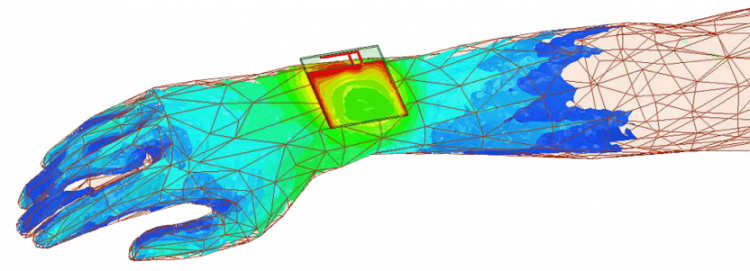It is more important how well an off-the-shelf antenna is integrated than the antenna itself to get the best wireless performance

An antenna is probably one of the crucial components of an RF design in all the internet of things (IoT) devices. A well-tuned antenna has several advantages for the overall system performance. It enables lower battery consumption, longer operational ranges, and higher data rates. An antenna can be compared to transmission in a vehicle. Even a powerful engine (in this case RF module of IoT device) is of no use if the torque is not transferred to the wheels (in this case radiated power). Hence, it is very important to integrate antenna solutions into your product. Your antenna solution will decide your range, performance, and legality of an RF link and finally product industrial design. Here some of the thought over years working with several customers concerning antenna design issues.
Every product antenna is unique
Every antenna is unique to your product. Often, antenna vendors will sell you a piece of metal (quarter wavelength) for a considerably high price. It is the ground plane of your product that makes the other half of dipole. Thus each of these off-the-shelf antennas needed to be optimized for your product. In most cases, general guidelines offered by the manufacturer won’t result in optimally tuned antenna as this antenna still need to be tuned to your product and the length of your printed circuit board.
Measure and verify, Its easy to miss a couple of MHz of IoT bands
In some cases, antennas are designed by PCB designers (often with no RF experience ) following the guidelines from the antenna manufacturer. As said, design guidelines (such as matching component values) provided by the manufacturer is good for that reference board, not for the size of your PCB board, thus needing a separate antenna tuning. Antennas need to be tuned and measured accurately to make sure that it is working well in the intended band of frequency. It is highly probable that the antenna resonance is totally out of IoT frequency bands, some of which are of few megahertz in bandwidth (such as 433 MHz LORA and 868 MHz Sub-GHz), if proper antenna design, tuning, and testing methodologies are not followed. There were some customer cases where the antenna resonance of a PCB antenna missed the intended band by 400 MHz, and when proper antenna design methodologies are applied able to improve antenna performance by 9 dB.
Firefighting can be easily avoided
A poorly designed antenna can severely degrade the operational range of your IoT product. It is often seen (even by big manufacturing houses) that not much attention is paid to proper designing of the antenna during the product conception phase. This will lead to costly corrections ( such as antenna matching or length) due to poor antenna performance leading to firefighting to improve device performance when the time is crucial.
PCB ground plane size matters & reference designs are of not much use
Ground plane size availability to a chip antenna has a significant impact on the antenna performance, even if some of the antenna manufacturers claim otherwise. They sell one half of the antenna (quarter-wave radiator) and the system ground plane acts like the rest of the antenna needed element. For example, a 2.4 GHz chip antenna might work fine with a 50 mm x 30 mm sized manufacture’s reference board, and it probably won’t work on a 25 mm diameter ground plane of your device. Unfortunately, there is no single formula to predict antenna performance, one has to do extensive simulation study and experimental work. State of the art simulation tools estimates very accurately antenna performance even before a single prototype is made and helps in mitigating failure risks at a later phase.
Antenna simulations are key in avoiding surprises during the product testing
Simulation-driven antenna design is essential for ensuring a well-designed radio for your product. Modern 3D antenna simulations tools help in estimating antenna performance accurately without compromising on industrial design. Good old days of copper tape and scissors are long gone.
PCB layout is vital – needs RF expertise to get the best wireless performance
This is one of the very common mistakes that device makers do while designing PCB. A PCB layout guy does the RF and antenna layout without any RF background. Unfortunately, in most of the cases, antenna and RF lines are treated like other low-frequency signal lines leading to fatal failure of RF/antenna performance. It is often noticed that vital grounding vias are missing leading to poor wireless performance, if not a dead.
At CoreIoT Technologies Ltd., we help our customers in designing the best antenna solution for their product, without compromising on the industrial design.













































